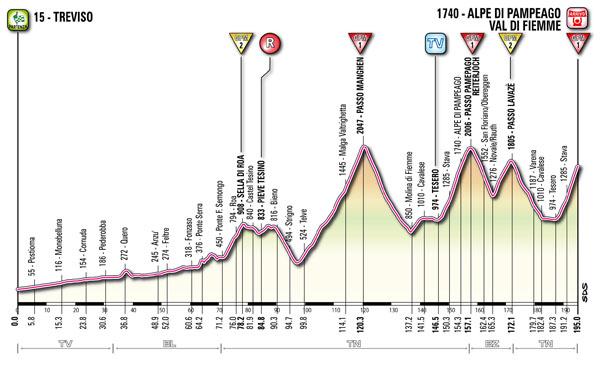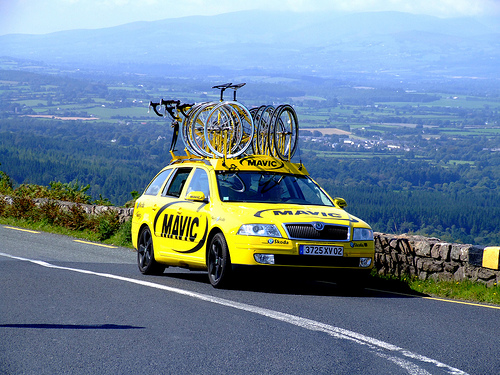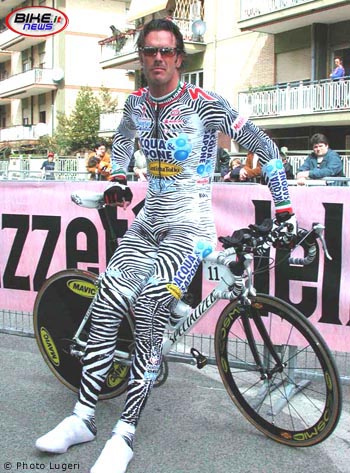So
this is it. I’m gonna go out on a limb
here and say that this weekend might be the best one of the summer. I’ve checked the forecast, and taken a look
at the events calendar and it’s official.
This will be the best weekend of the summer—maybe the year. The stars have aligned, it seems, to bring us
a seriously ridiculous line up of events and weather for the next couple days
that will make for an epic adventure if you play your cards right. So I decided I had to put other topics on the
back burner this week to give you a rundown of what is going on in Philly this
week and how you should go about planning your epic weekend.
It
has to be some kind of happy accident that two of the best summer events in
Philadelphia—the bike race (or the TD Bank Philadelphia International Cycling
Championship, as it prefers to be dubbed), and Philly Beer Week—kick off on the
same weekend. The oft erroneous folks at
the weather service have also managed to piece together a weekend forecast
calling for sun and highs in the mid-70s.
There is a possibility of scattered thunderstorms—but my parade of
weekend festivities shan’t be rained on—even if it does in the literal
sense.
Here
is everything you need to know to be able to look back fondly upon this
weekend:
Check
out the Philly Beer Week website for a complete listing of the week’s events in
your neighborhood. The party will be
kicked off tomorrow, June 1st, and run through the 10th. After the legendary Hammer of Glory makes its
relay around many of the wonderful beer selling establishments of the greater
Philadelphia all day Friday, Mayor Michael Nutter will use the gargantuan
hammer to tap the first keg of the festival, Friday evening at Independence
Hall downtown. You can find the hammer’s
full schedule of stops along the relay here.
Here is a video from last year’s relay and tapping
festivities:
After
you have your first pint of beer week, make your way over to Cadence to take
part in our bike race weekend festivities.
Friday we will have a ride with the Fuji Women’s cycling team leaving
the shop at 3pm. Women’s current World
Champion, and last year’s race winner Giorgia Bronzini rides for Fuji’s Diadora
Pasta-Zara cycling team, and will be on hand.
After a chill two hour ride, Brian Walton will lead an inside look into
the pro race back at Cadence. Come out
between 5-9pm to hang out and rub elbows with some of the leading men and women
from the pro peloton. Brian will lead a
panel that will discuss all the weekend’s racing.
Join
us Saturday morning for Cadence’s monthly “Employee Ride” that leaves Cadence
at 9am for two hours of rolling hills.
Mavic will have wheels for demo purposes, so if you have been itching to
ride a set of the new stealthy Kysrium SLRs (you should be—they are amazing
wheels) come out and take a set for a spin on the ride. Arrive early if you plan on demoing wheels
though, as the ride will leave at 9am sharp.
Leave at least 45 minutes for a wheel swap.
This
brings us to the main event! The race is preceded on Sunday by The Bicycling Magazine Open, where local amateurs ride the same course as the pros. So you’re probably wondering where and when
to watch the race. Well there are
several great places along the route.
Each separate place has its own feel and vibe—some with large crowds and
a heavy party atmosphere, and others with a chill laid back experience.
My
favorite place to watch the race has been Lemon Hill. There is a large crowd, without the craziness
of the intoxicated masses on the Manayunk Wall.
If
you are looking for a party though, head to the wall. Hugh crowds line the highlight of the race’s
parcours. The vibe here is hectic and
intense—but you will see some of the most intense suffering of the race as the
leaders try to blow the race apart on the later laps.
 |
| The insanity on the Wall |
The
rest of the course—save the finish—is more sparsly populated, but still good to
watch the action.
Television
coverage will again be on Comcast Sportsnet.
You can check out the airtimes here.
My recommendation is to find a good spot to watch most of the race. You can check out the finish via TV on delay
if you have to see every last second of action—but to me it’s more about the experience
of hanging with friends and watching the race roll by with a brew in hand. You can come by Cadence for our race day BBQ and Party. That’s where I’ll be. Check our website for a ticket to the
event.
































